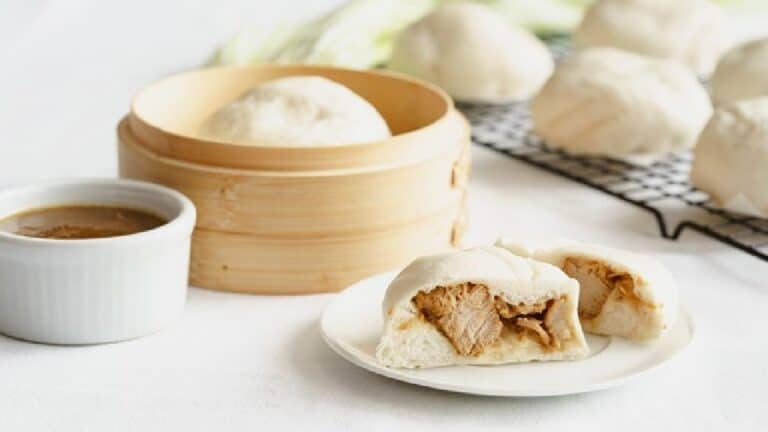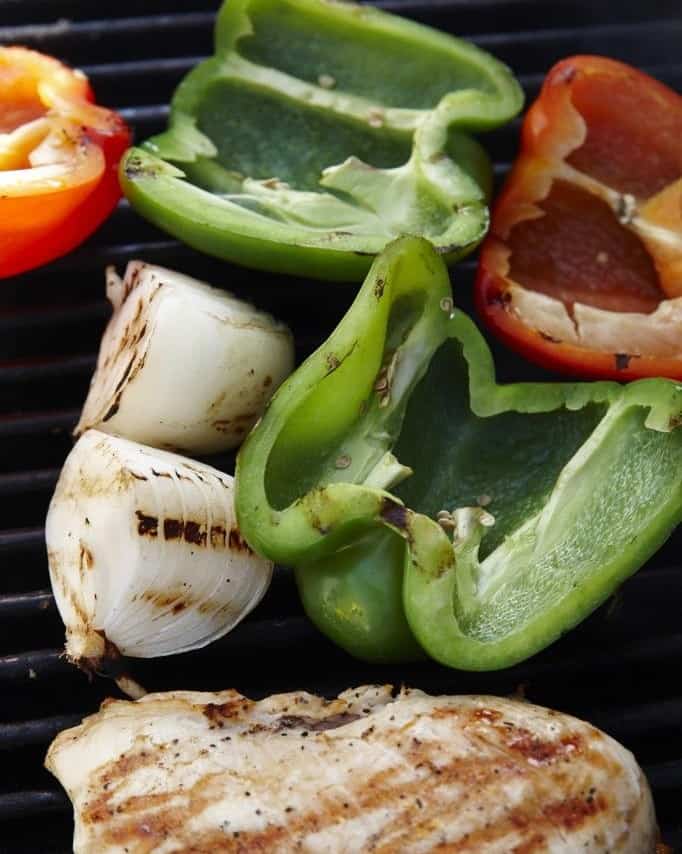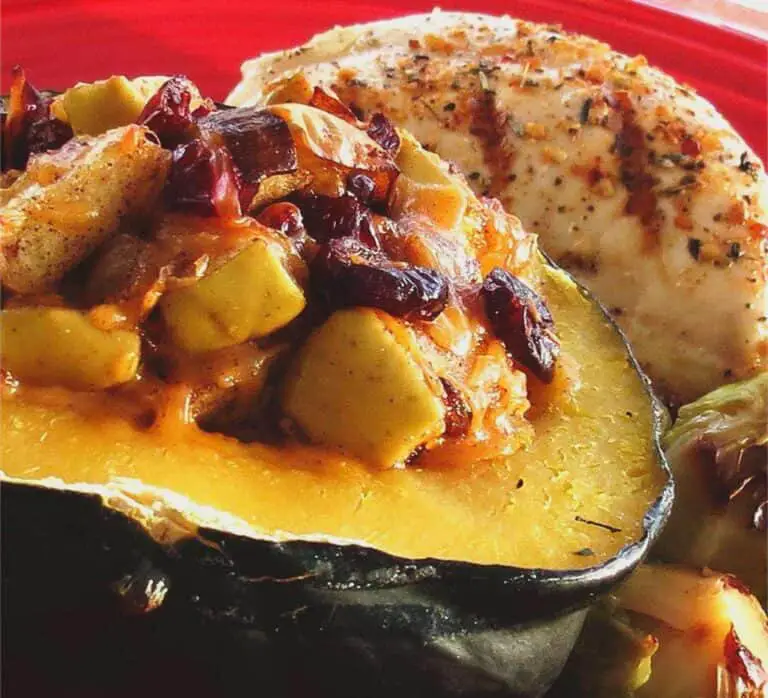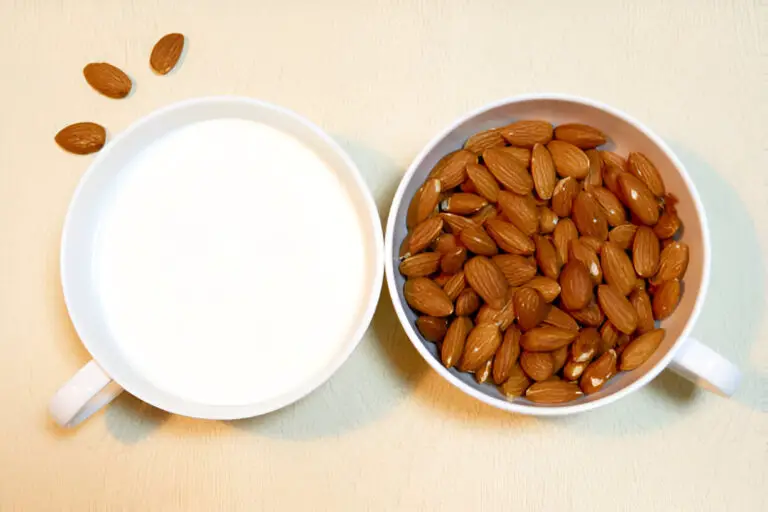How Jamie Oliver Prepares Butternut Squash: A Chef’s Favorite Recipe
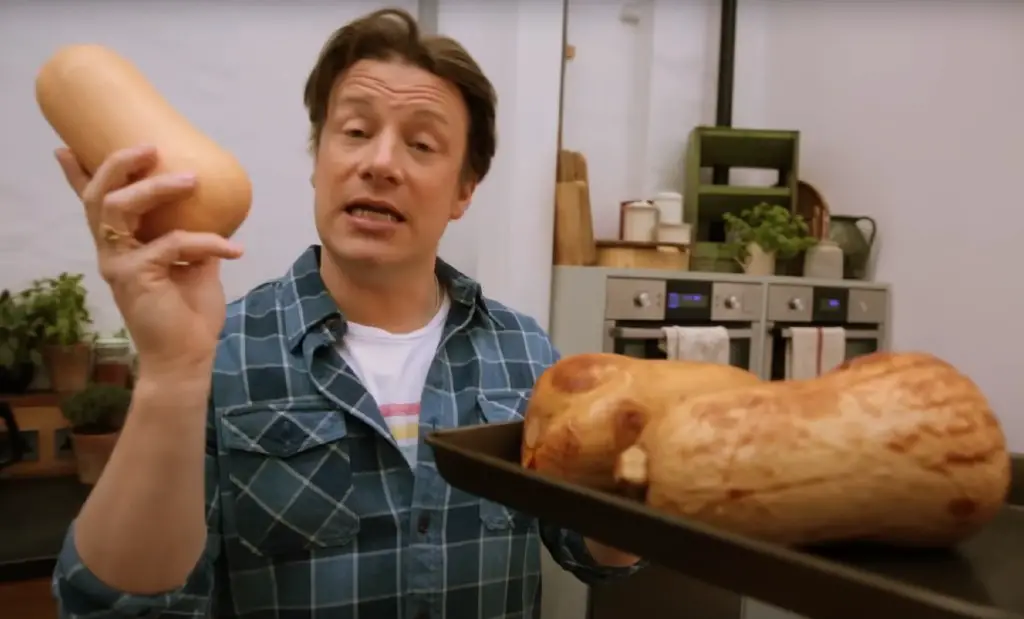
If there’s one chef who knows how to take humble ingredients and turn them into something extraordinary, it’s Jamie Oliver. And when it comes to butternut squash, he doesn’t just cook it—he elevates it to a whole new level.
As someone who loves exploring different ways to prepare veggies, I’ve always admired how Jamie makes butternut squash sing on the plate.
Let’s dive into how Jamie Oliver prepares this versatile squash and how you can bring that same magic into your kitchen.
The Simplicity of Butternut Squash
When I think of butternut squash, I think of cozy fall evenings, warm kitchens, and the smell of roasted goodness wafting through the air. Butternut squash, with its sweet, nutty flavor, doesn’t need much to shine—just a few key ingredients and some classic Jamie Oliver techniques.
That’s what I love about his cooking—he keeps things simple yet bursting with flavor. No fancy tricks, just pure, honest cooking.
Step 1: The Art of Prepping the Squash
Let’s start with the prep work. Now, I know some people dread the thought of peeling and cutting butternut squash, but here’s the trick: Jamie recommends using a sharp vegetable peeler and a sturdy chef’s knife.
Personally, I like to slice off the top and bottom of the squash first, so it stands flat on the cutting board—it makes the whole process a lot safer and easier.
After peeling, you’ll want to cut the squash in half lengthwise and scoop out the seeds. Jamie usually keeps it rustic, so don’t worry about being too precise. I sometimes save the seeds to roast later for a crunchy snack. If you’ve ever roasted pumpkin seeds, you’ll know what I’m talking about—it’s like turning trash into treasure.
| Step | Description |
| Peeling | Use a sharp vegetable peeler to remove the tough skin. |
| Cutting | Slice off the ends, then cut in half lengthwise to scoop out seeds. |
| Roasting Seeds (Optional) | Save the seeds for roasting as a delicious, crunchy snack. |
Does Butternut Squash Need to Be Peeled Before Cooking?
Butternut squash is a type of winter squash that is prized for its sweetness and nuttiness. This winter squash is typically peeled and cubed before being cooked. However, some people may wonder if butternut squash needs to be peeled before cooking.
The answer to this question is it depends. Some people may find that the skin of butternut squash is too tough to eat, and thus it is recommended to peel the squash before cooking. However, if the skin of the butternut squash is thin and tender, then there is no need to peel it before cooking.
If you are unsure whether or not the skin of the butternut squash is tough, it is best to peel it before cooking. This is because the skin of butternut squash can be difficult to digest if eaten.
Step 2: Roasting to Perfection
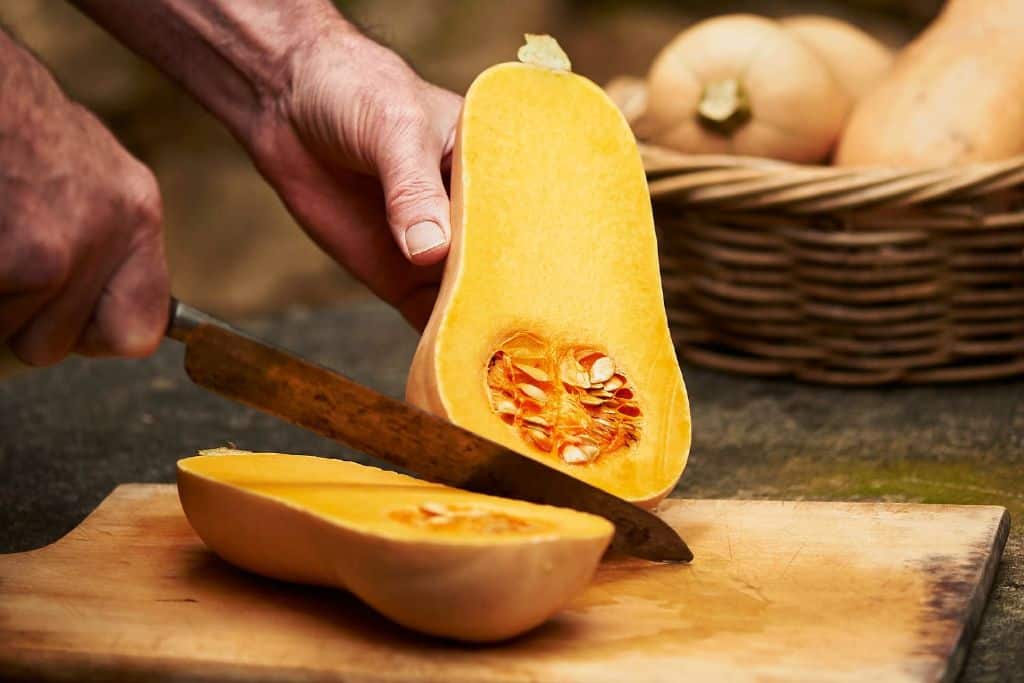
Jamie’s go-to method for cooking butternut squash is roasting. And let me tell you, if you haven’t tried roasted butternut squash, you’re missing out. The key is to coat the squash pieces in olive oil, sprinkle with sea salt, pepper, and a dash of fresh herbs like rosemary or thyme.
Jamie loves using fresh herbs to add depth to the dish. He also suggests adding a pinch of chili flakes for a bit of heat, and I couldn’t agree more—nothing wakes up a dish like a little spice.
I usually spread the squash evenly on a baking sheet, making sure they aren’t overcrowded. That’s another Jamie tip I’ve embraced—giving the squash enough space to roast evenly and develop those caramelized edges we all crave. Roast at 400°F (200°C) for about 25-30 minutes, turning halfway through for even cooking.
Why Roasting Works:
- Caramelization: The sugars in the squash caramelize, giving it a rich, sweet flavor.
- Texture: The edges get crispy, while the inside stays soft and buttery.
- Versatility: You can season it however you like—Jamie’s chili flakes and rosemary combo is just one option.
Step 3: Jamie’s Twist on Flavor
Jamie often emphasizes adding a bit of unexpected flavor to take a dish from good to unforgettable. With butternut squash, he sometimes tosses the roasted cubes with a drizzle of balsamic vinegar or a squeeze of lemon for brightness. Personally, I love the contrast of the sweet squash with a little tang.
On occasion, Jamie adds crumbled feta or goat cheese on top after roasting for a creamy, salty finish. It’s the kind of addition that makes you stop and savor each bite. I’ve tried it both ways, and let me tell you, the cheese elevates the dish in a way that feels decadent but still light.
| Flavor Enhancements | Description |
| Balsamic vinegar | Adds a tangy sweetness to balance the natural flavor of the squash. |
| Lemon juice | Brightens the dish and cuts through the richness. |
| Feta/Goat cheese | A salty, creamy finish that pairs perfectly with roasted squash. |
Step 4: Turning Roasted Squash into a Meal
Jamie doesn’t stop at roasting; he often turns his roasted butternut squash into a full-on meal. One of his classic tricks is to toss the roasted squash into a warm salad with grains like quinoa or farro, adding in some toasted nuts or seeds for crunch.
I’ve followed his lead a few times and added roasted squash to pasta dishes or even used it as a topping for pizzas. Trust me, roasted butternut squash on pizza? Game changer.
Another favorite Jamie-inspired meal is butternut squash soup. After roasting, he purées the squash with a bit of vegetable stock, garlic, and onions to create a velvety, comforting soup. I like to add a swirl of cream or a drizzle of olive oil on top for that extra touch of indulgence.
Jamie’s Butternut Squash Meals:
- Warm Salads: Combine roasted squash with grains, nuts, and greens for a hearty meal.
- Pasta/Pizza Topping: Add roasted squash to pasta or pizza for a sweet, savory twist.
- Butternut Squash Soup: Purée roasted squash with stock for a creamy, nourishing soup.
| Read: Does Cooking the Skin Butternut Squash Change the Flavor and Texture? |
A Few Final Tips
Jamie always recommends seasoning as you go—taste your squash at different stages, and adjust with salt, pepper, or lemon juice as needed. This approach has changed the way I cook; it’s all about finding that balance of flavors.
I’ve also learned from Jamie to not be afraid of high heat—roasting at a high temperature really brings out the best in butternut squash.
Lastly, don’t forget about presentation! Jamie loves a beautiful plate, and with butternut squash, those golden-brown edges are as much a feast for the eyes as they are for the taste buds.
Conclusion: Bringing Jamie Oliver’s Butternut Squash to Your Table
Cooking butternut squash Jamie Oliver’s way has completely transformed how I approach this hearty vegetable. Whether it’s roasted to perfection with herbs and spices or turned into a comforting soup, the possibilities are endless. And while Jamie may be a world-renowned chef, his approach to butternut squash is something any home cook can replicate.
So, next time you’ve got a butternut squash on hand, channel your inner Jamie Oliver and give his simple yet flavorful methods a try. You’ll find yourself savoring every bite, just like I do.

